(printed on bulletin insert on January 26, 2025)
Next week, we will observe The Feast of the Purification of the Blessed Virgin Mary and the Presentation of Our Lord, also known as Candlemas. Whenever you read –mas on the end of a word in a church setting, it’s likely a shortened form of the word Mass, such as in Christ Mass being Christmas. So technically, next Sunday could be referred to as The Candle Mass of the Purification of the Blessed Virgin Mary and the Presentation of Our Lord.
First, the most important aspect of this particular feast day, this Candle Mass, is that it is in a sense the 40th day of Christmas, meaning that it marks the day when Joseph and Mary took the 40-day old Christ Child to the temple in accordance to the law of Moses (Leviticus 12). It was in the temple that the Holy Family encountered just and devout St. Simeon, who was waiting for the Consolation of Israel, and behold, there He was in 40-day old newborn flesh! When Simeon encountered the long-awaited Messiah, he took Him up in his arms and blessed God and said the beautiful words that we now use as a Post-Communion Canticle, the Nunc Dimittis (Luke 2:29-32). We do this, because by Christ’s gifts given to us in The Divine Service, we regularly receive a priceless, heavenly “light to lighten the Gentiles and the glory of Thy people Israel.”
That phrase is the connection to today, because for millennia now, the Holy Christian Church has made regular use of candles in its worship of God; practically, for light by which to see; symbolically, for light to lighten the Gentiles. By this, I mean that there is Christ-centered imagery seen in the Church’s use of candles. At Our Savior, we use 51% beeswax candles in all holders that regularly beautify our altar and chancel, which means they are more from natural, God-created sources rather than from man’s inventive substitutes. Christ’s origin is natural and pure, coming forth without blemish from the womb of a virgin. Therefore, let us consider how even our candles confess Christ.
If we examine the anatomy of a candle itself, we may see how it is a symbol of Christ coming in the flesh for us to win our salvation. Consider our candles’ flames as the Light of Christ coming into the world (John 1:9). Consider their wicks as His divinity concealed in His humility, except when it shone in glimpse on the Mount of Transfiguration (Matthew 17:1-8). Thus, when His divinity is exposed, it shines forth His glory. The wax, then, symbolizes His humanity in which the Divine was cloaked; a humanity that was consumed unto death on our behalf. Thus, the wax burns away as did Christ’s life for our sake under the righteous wrath of God. It’s also of note that the candle wax is made by female worker bees who never mate (virgins), thus further symbolizing Christ’s perfect purity and Virgin birth.
So, as we gather and stock up on the candles that we use, the Church historic has taken the opportunity of the symbolism of this feast day to bless all the congregation’s candles for the upcoming year. That will be the first ceremony that will be different in next Sunday’s Divine Service. We have purchased all our candles for the year and the blessing rite will take place immediately after the Processional Hymn.
Yet, there are two other ceremonies that make further use of the motif of the light to lighten the Gentiles. Following the Candle Blessing, I, the pastor, the one called to bear this gift of light faithfully unto you in the stead of Christ, will ascend to the already-fully-lit altar to light a handheld candle, one like those that we use on Christmas Eve and the Vigil of Easter. From the lit altar candles, which themselves, in being two, symbolize Christ’s two natures: God and Man, I bring the Light of Christ into the midst of His people, the congregation to shine upon you. From this flame, you will light your own candle. Once I make my way to the back of the nave and see that all have lit candles, I will begin chanting the Nunc Dimittis as I process toward the altar inviting all of you to step out of your pews and follow behind me. I will stop at the font to reverence (bow) toward the fully lit altar of Christ, thus giving praise to God for the Eternal Light that shines upon us, then I’ll move aside. When you arrive at the font, likewise reverence (bow) toward the altar, then return to your pew via the outside aisles. (These instructions will be printed in your bulletin next week.) Then, we’ll pray a collect, extinguish our candles, and continue The Divine Service with the familiar Preparation rite.
Later, the candles are lit again hand to hand from the altar to celebrate the Coming of the Light of the World to us in Body and Blood in the present. There is no procession during this portion. Your candles remain lit until after The Communion Verse when you will extinguish the flame and come receive gifts better than all candles and ceremonies: the Body and Blood of the Lord given and shed for the forgiveness of your sins.
The Candlemas ceremonies have yet to have the opportunity to be celebrated on a Sunday at Our Savior. Our previous years’ observances have fallen on other days of the week. I pray that you enjoy the rich blessings of God seen in what we will do next Sunday on Candlemas and that your faith is enriched all the more by them.
If you’d like to read the ceremonies’ exhortations, prayers, and instructions before you come to church next week, please go to our website, click on RESOURCES>Bulletins and find the post for 2025-02-02. Sunday’s bulletin will be included there. — Pastor McCall



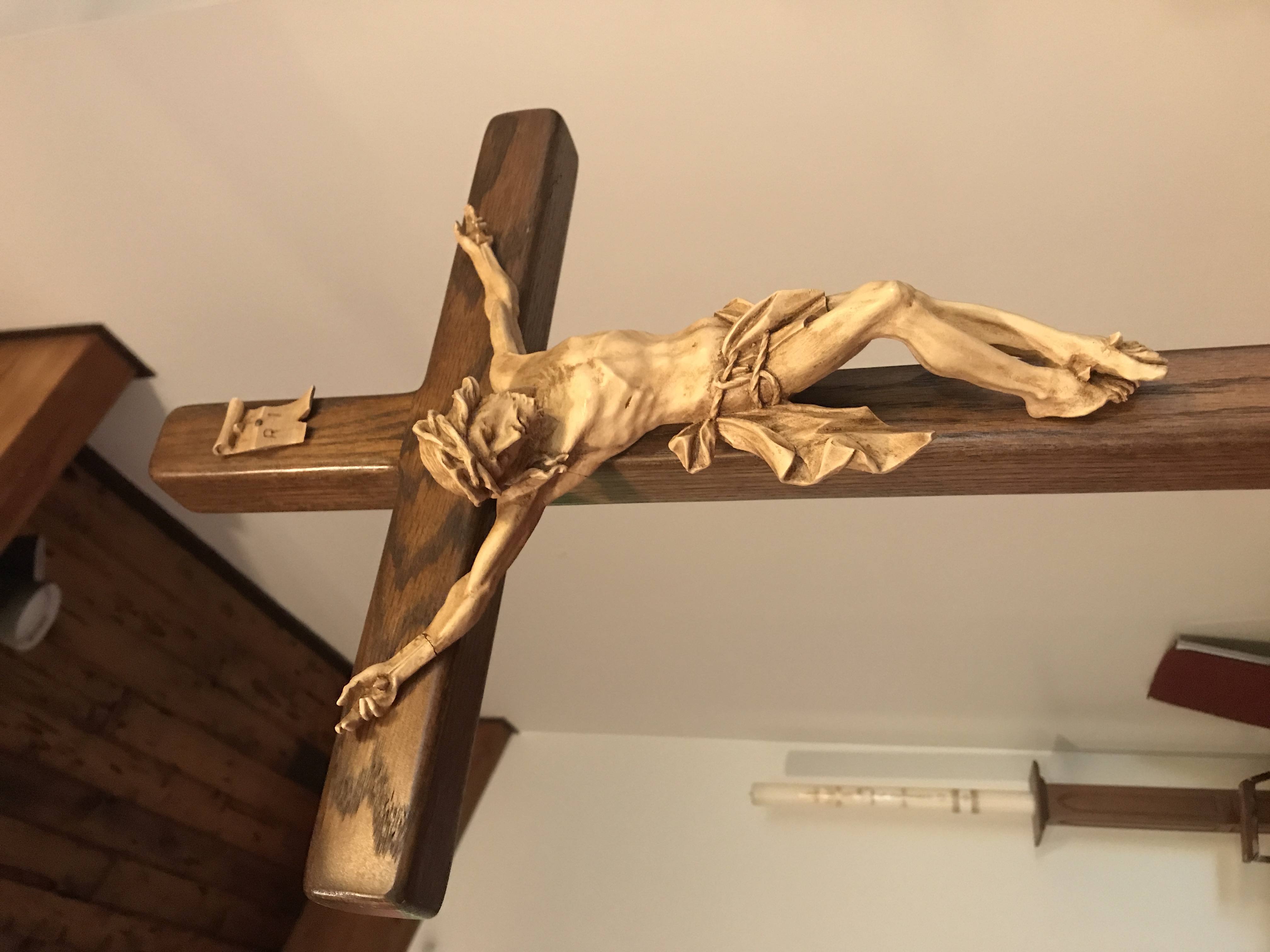
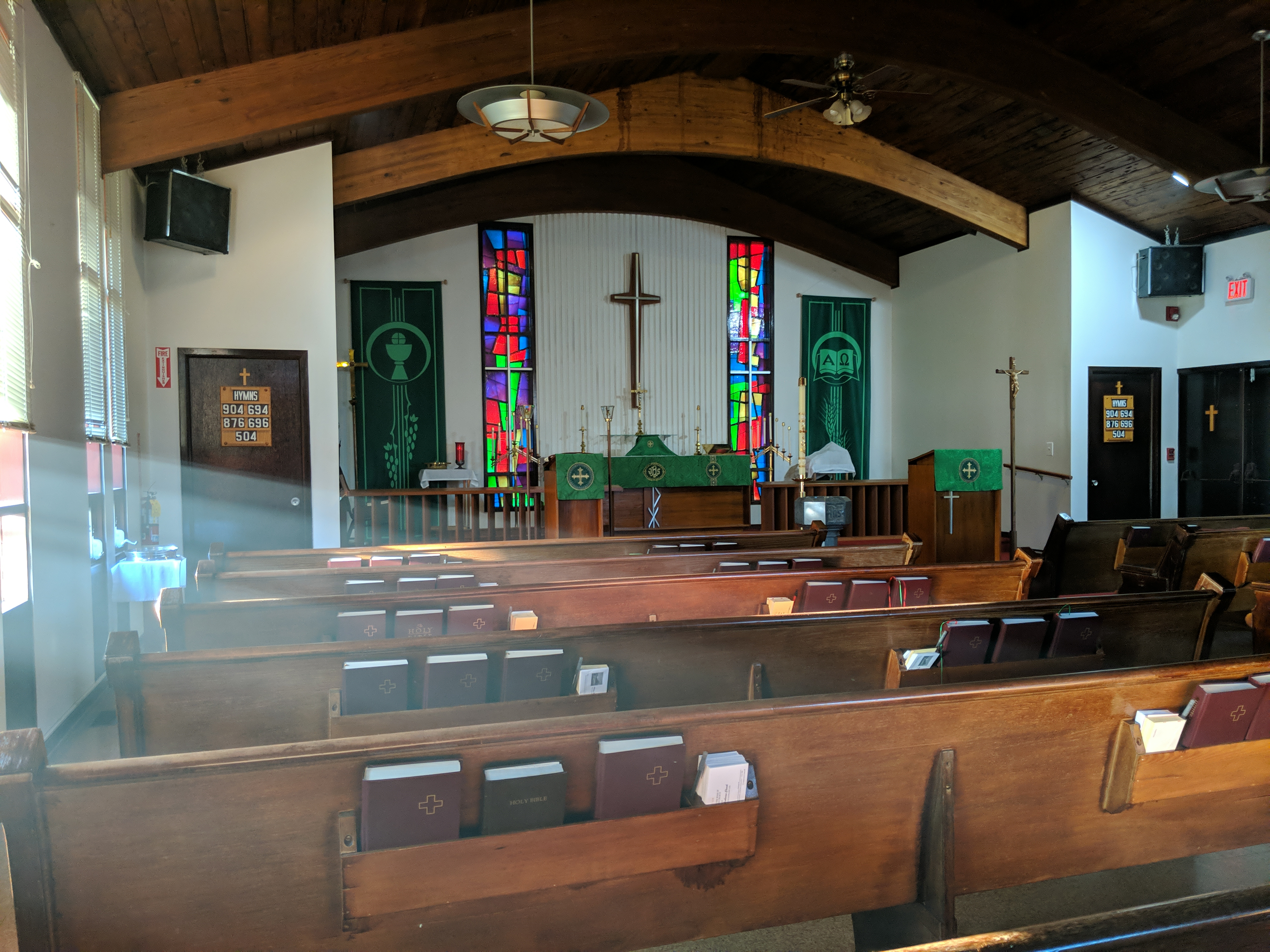
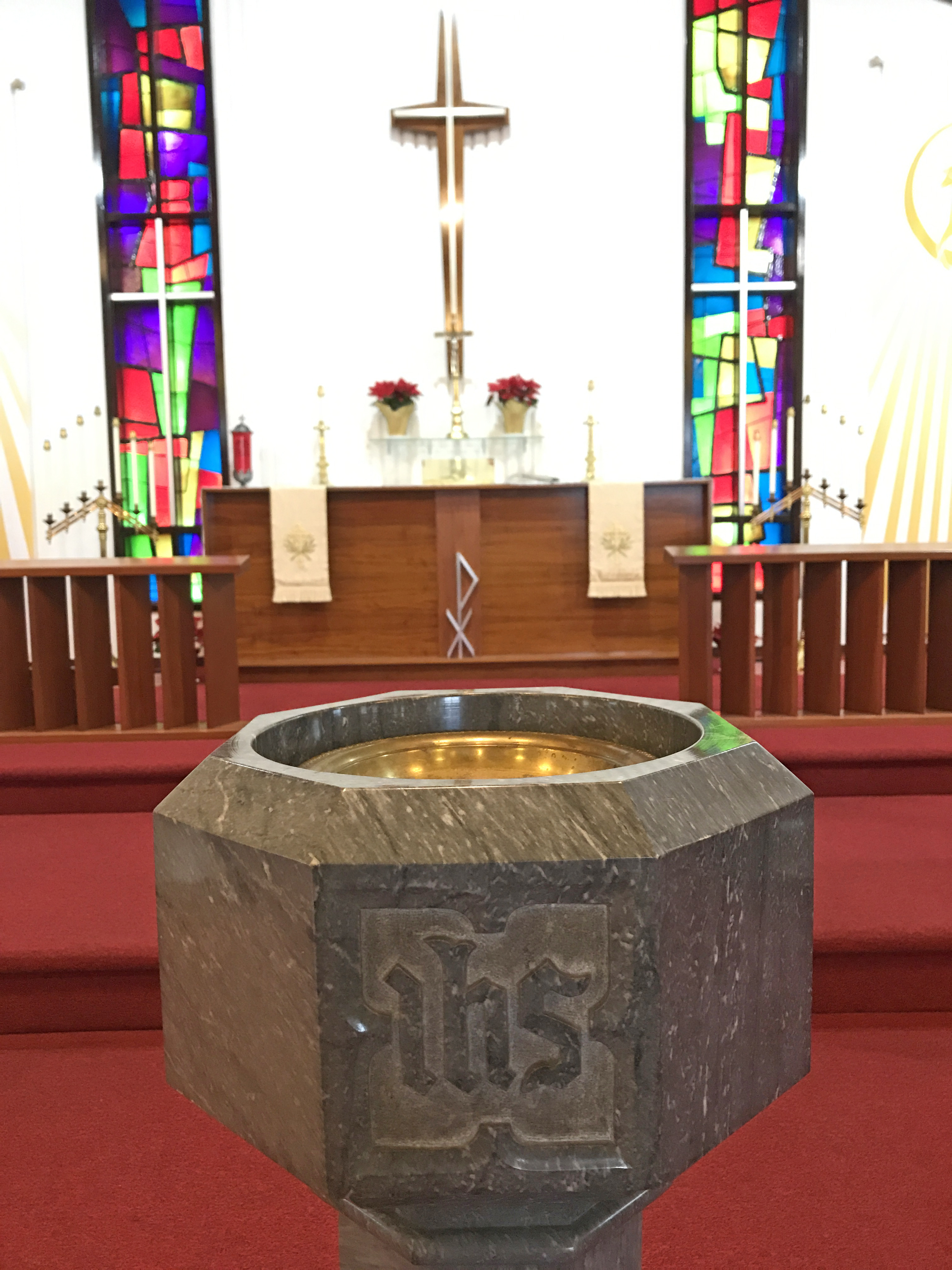

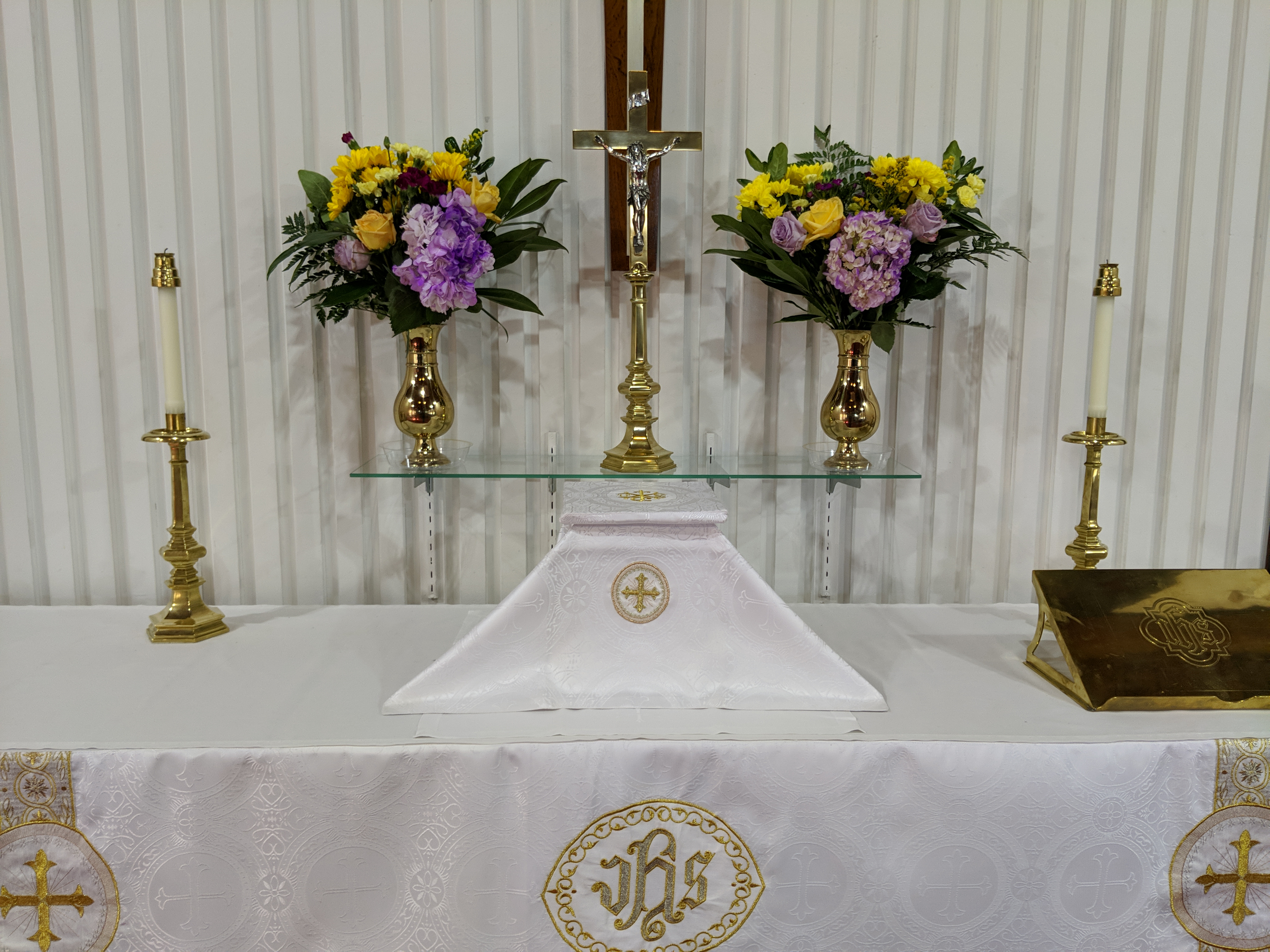




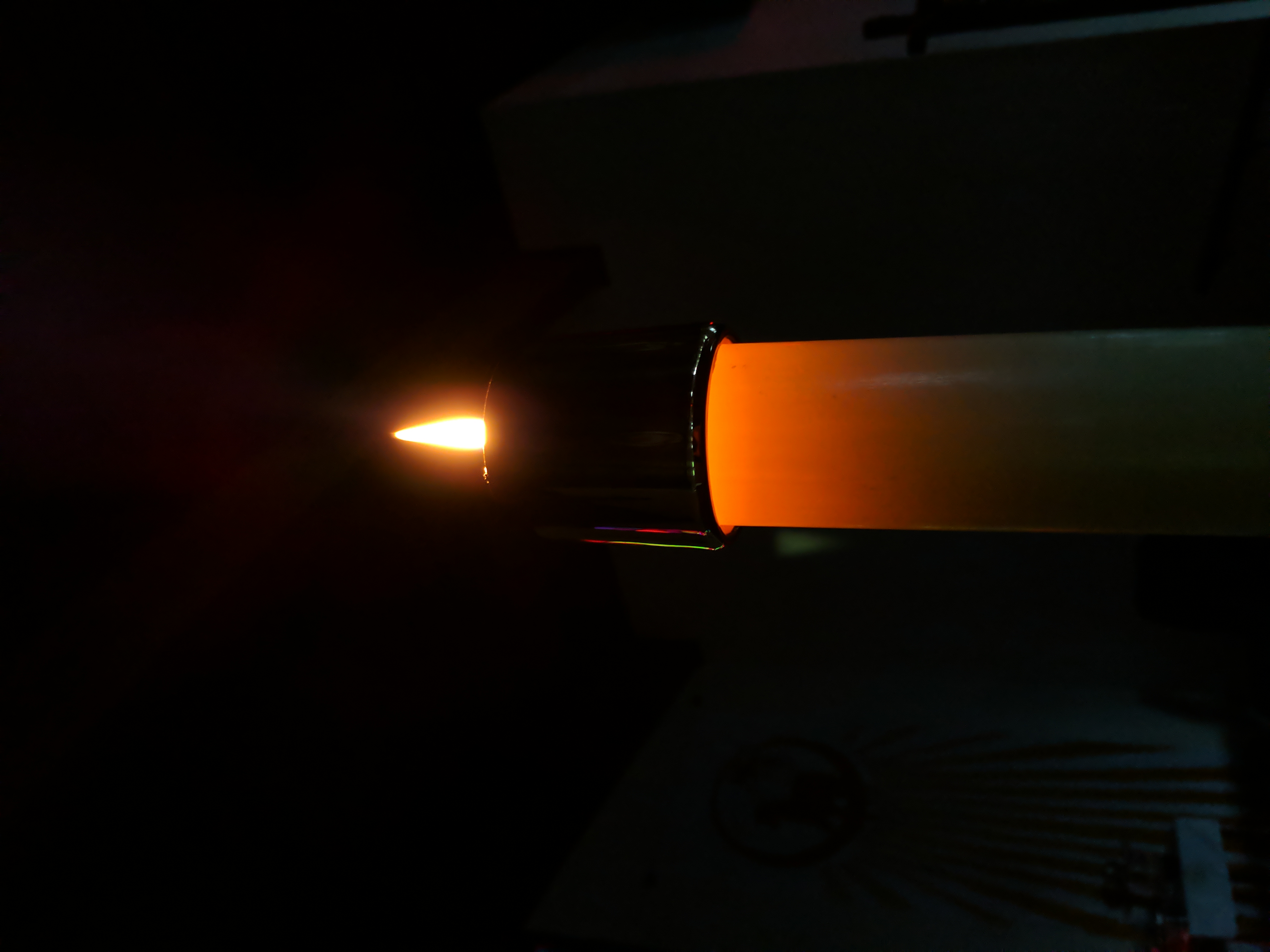


Comments are closed, but trackbacks and pingbacks are open.